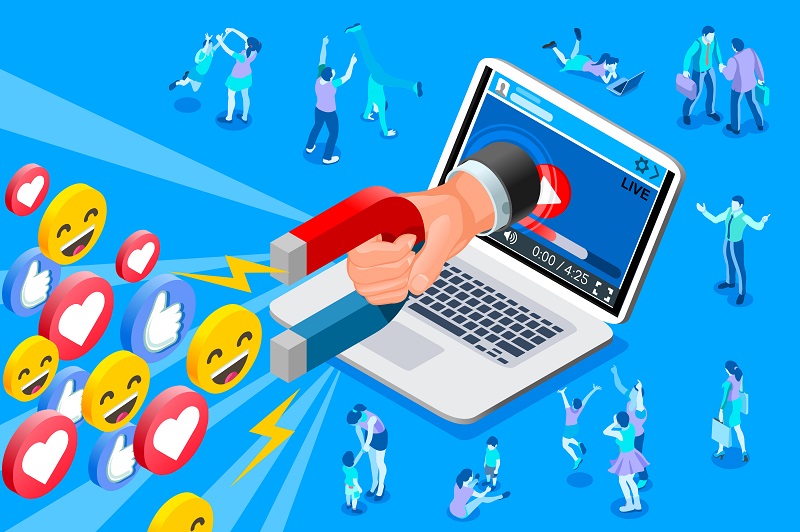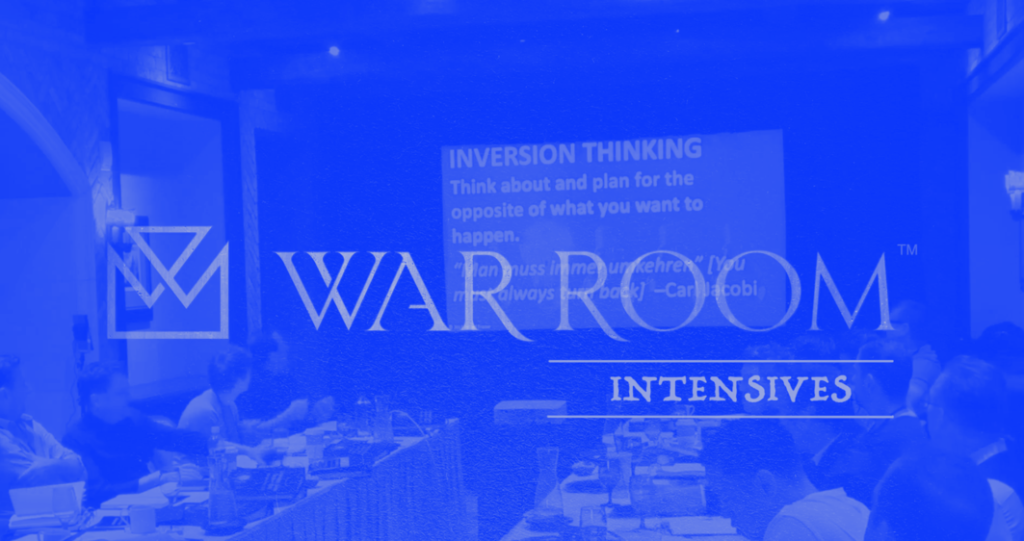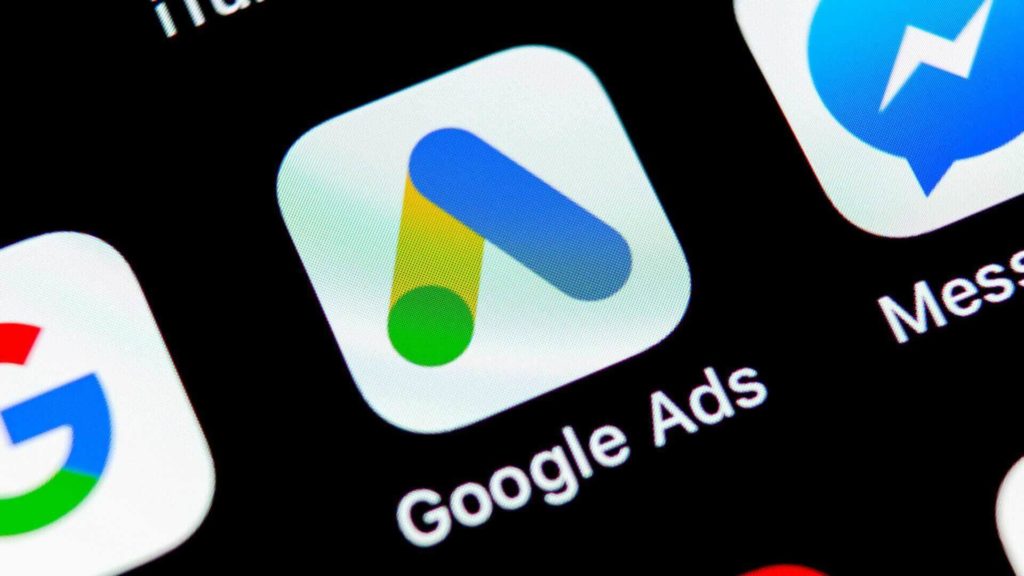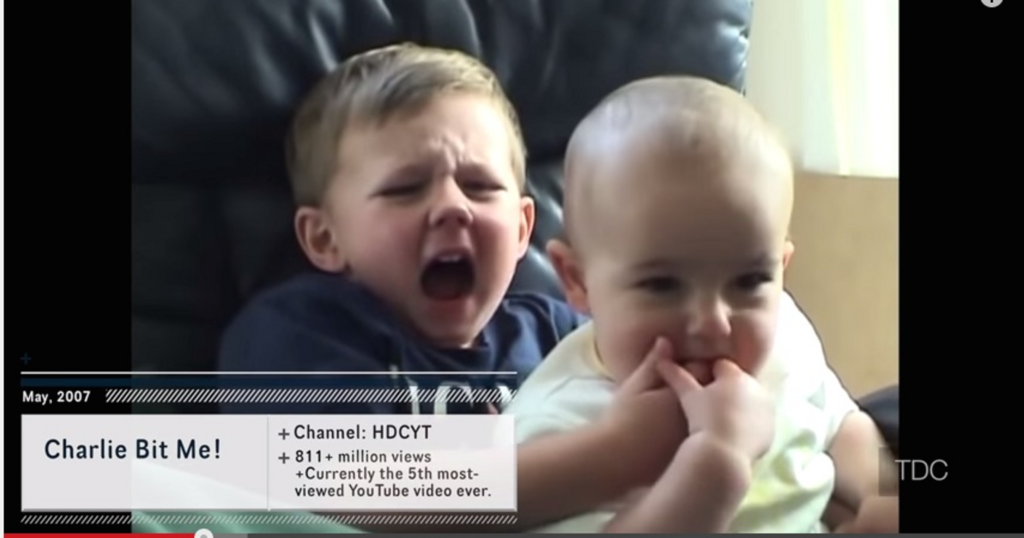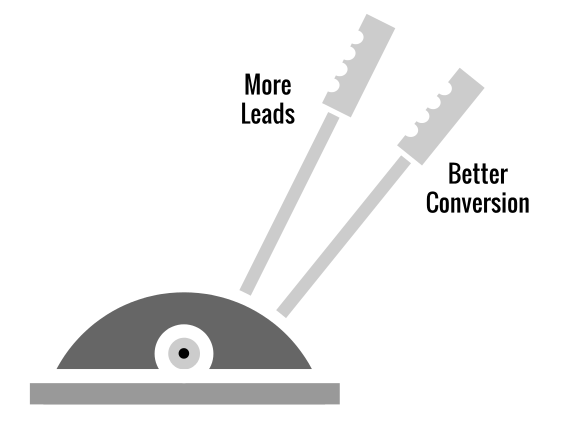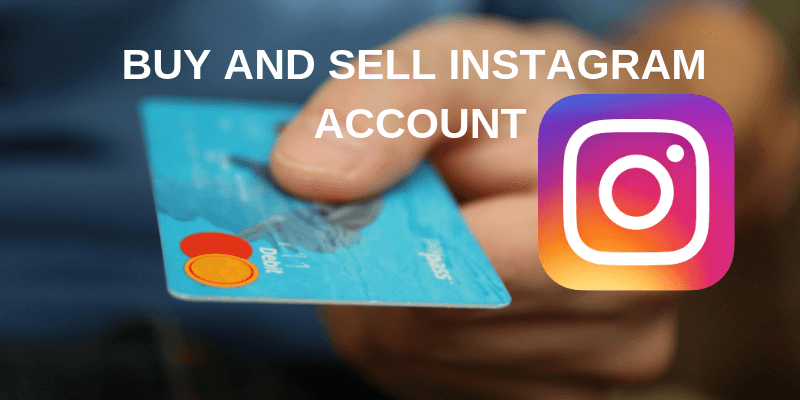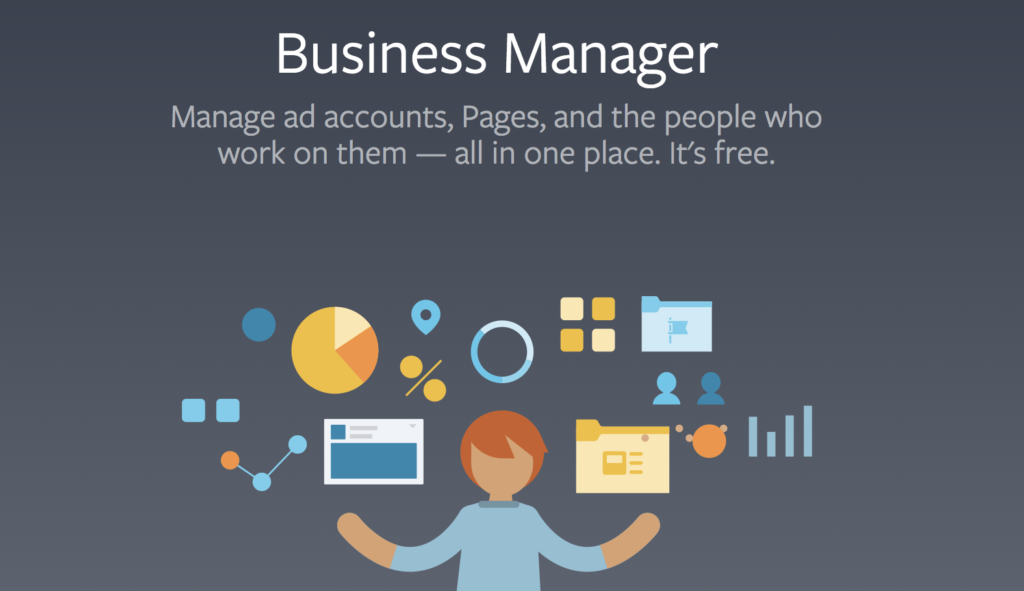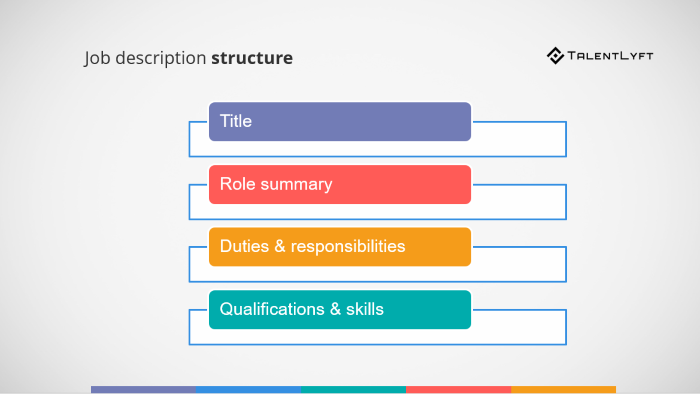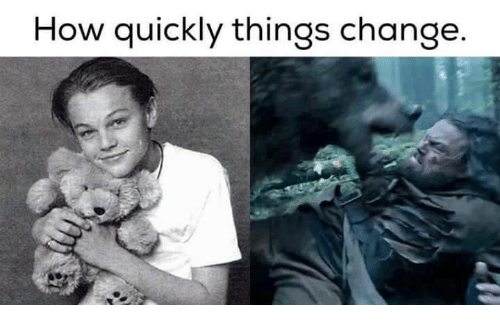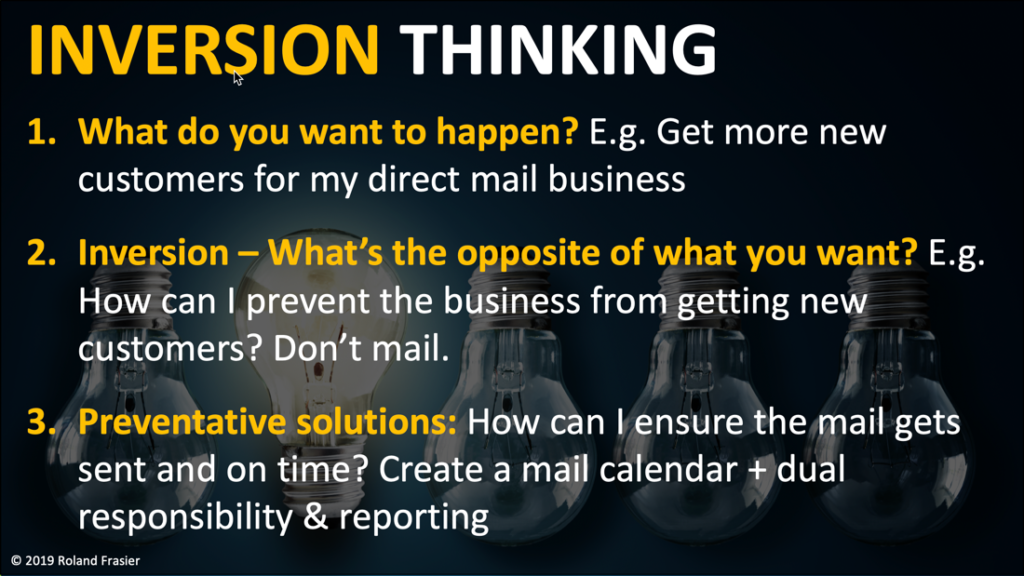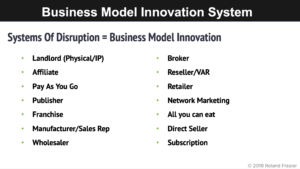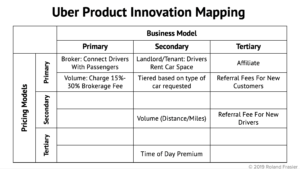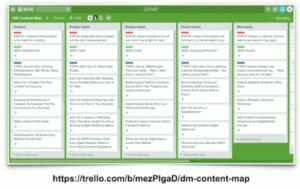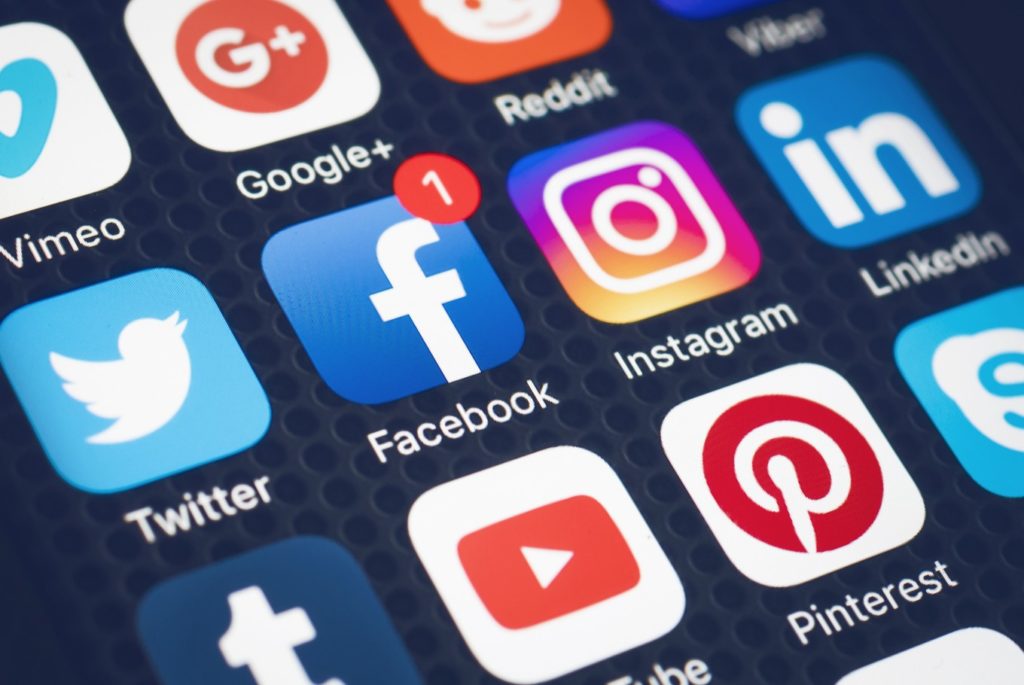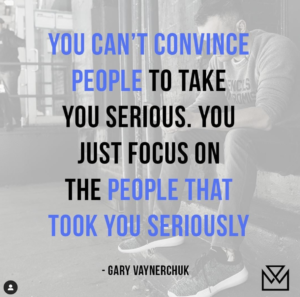If you want to grow your business as fast as possible, one of the best ways to do so is by pulling on the 7 growth levers of business.
Today, we’re going to break down the first one:
Media as a growth lever.
If you want to acquire more customers extremely fast, you need to get your offers in front of more eyeballs. You can do that in several ways, but all of them require you to have access to media.
What Is Media?
It’s defined as “the main means to mass communication.”
You want access to the means for mass communication so the greatest number of potential customers can see what you have to sell them.
Media comprises several different types, but there are 5 core groups to concentrate on in your business. But before we get to utilizing media as a growth lever, let’s break down media as a whole.
1. Paid Media
There’s paid media, like when you spend money on Facebook, Instagram, Google search or display ads, native ads, YouTube, email drops, radio, tv, print publications, etc.
Paid media is highly effective, but your ability to use it to share your offers is limited to how much cash you can afford to spend and your return on ad spend.
One of our good friends, Molly Pittman, has coined it perfectly: “Paid traffic is like a water hose. It’s great, but the moment you shut it off, it stops.”
P.S. Want to scale your business effectively to hit your 10 year goals in one? I’m teaching my Leverage, Exit, Grow, & Scale Intensive where ~20 business owners (mostly war room members) join me and we break down just how to do so using proven methods I’ve used in dozens of businesses. We just taught this workshop a few weeks ago and it truly did wonders for those who attended. Find more info on the next one HERE.
2. Organic Social Media
There’s also organic social media, like the platform you may of found this article through just a few minutes ago.
Social media is wonderful, but because social media platforms need to make returns for their shareholders, most limit your organic reach for social posts to motivate you to pay for more access.
Organic social media could be considered a type of owned media because you generally own your social media accounts.
However, I like to think of it as a separate class of media from owned because you are really leasing your social media accounts.
That is you do not have unfettered access, use and control to these accounts because you are subject to the rules, agendas and whims of the platforms’ owners.
For our purposes here, organic social media is a cross between earned media (via likes and shares), paid media (via boosts and social ads) and owned media (your own social accounts).
3. Search Media
Search media is extremely effective because people are in the market for whatever you are selling for they are searching for “buyer intent” keywords.
Search media includes any search engine, including Google, Amazon, YouTube, etc.
Search marking requires you to negotiate a complex labyrinth of algorithmic hurdles to achieve top rankings, and you are forever at the mercy of the latest slap or update.
4. Earned Media
Earned media is exposure to the masses resulting from publicity from other’s creating content about you and your business.
Earned media includes everything from viral content to news coverage.
It typically provides a quick shot in the arm and can, as in the case is Dollar Shave Club or Poo-Pourri, launch huge businesses.
But earned media puts you at the mercy of the fickle press and public.
There is no certainty that anything you create will capture the attention of the public long or deep enough to induce them to share it and cause it to become viral.
Nor is there any guaranty that any press coverage or media appearances will generate the exposure needed to move the sales or profit needle for your business.
5. Owned Media
Which leaves us with owned media.
Owned media is any platform that you own and control that provides you with access to communicate with a group of people.
Owned media includes your blog, social media accounts (Instagram, YouTube, Snap, Facebook, LinkedIn, etc.), customer and prospect lists, print newsletter, podcast(s), your live events, and so on.
It’s everything you own and control that allows you to communicate on a one to many basis.
Now that we’re all on the same page with what the different types of medias we have at our disposal, let’s talk about how to use them as growth levers for your business…
Major Growth Lever #1: Rapid Growth Through Owned Media Acquisition
If you own the media, you have the ability to use it to communicate with your prospects at will.
You are not limited by any social platform imposed rules.
There is simply nothing more important in your communications arsenal than owning and controlling your own media.
Home Grown Media
You can grow your own media, creating content, events, newsletters, groups and the like.
That’s a great long-term strategy.
Like planting trees the best time to grow your own media is years ago, and the second best time is now.
But growing your own media takes time and we are talking about accomplishing things quickly here.
So, let’s look at another option… Acquired Media
Acquired Media
You can skip all the effort and hassle of creating owned media yourself and simply acquire other people’s media.
Rather than relying on third party media or taking the time and expense to grow your own, why not just buy it from someone else?
- Want an extra 100 eyeballs on your next piece of content?
- Acquire a Twitter account with 100 followers.
- Want 1,000 people to see your next video?
- Acquire a YouTube Channel with 1,000 subscribers.
- Think you could sell more of your product if 10,000 people could see your webinar offer?
- Acquire a blog with 10,000 unique monthly visitors.
- Wish you could immediate access an extra 100k email addresses?
- Acquire a business that already has one with strong open and click-through rates.
Owned Media Is The Answer
Your ability to access more potential customers is only limited by your ability to access more media.
You can do that through paid, search, social, or owned media.
But owned media is forever.
The other types of media are controlled by third parties whose agendas and goals may differ from yours.
Their financial interests absolutely differ from yours.
You level the playing field and ensure your continued access to a renewable source of new products and customers when you own your own media.
23 Ways To Acquire Media For No Money Down
Want to learn 23 ways to acquire media for little or no money out of pocket?
Want to find out how to double, triple or 10x your prospect list… and pay nothing down to do it?
That’s just one of the 51 different strategies and tactics you will take away when you attend my 2-Day Leverage, Exit, Grow + Scale Intensive in London later this month.
Find out more details HERE.
A few times a year, I conduct a very intimate (fewer than 20 people) 2-day deep-dive Intensive.
In it, I detail a comprehensive 51-step strategy and action plan we use at DigitalMarketer, War Room and all our other portfolio companies to grow revenue, profits and value by 10 times.
The link will detail everything covered, as I don’t want to make this article only about this intensive. But I know we have just a handful of spots left, as we typically only offer these to members of War Room. Hopefully we see you there…
As always, be learning & growing,
-Roland Frasier
If you thought this was interesting, we have MUCH more for you…
Interested in War Room? See if you qualify by clicking the button above.

